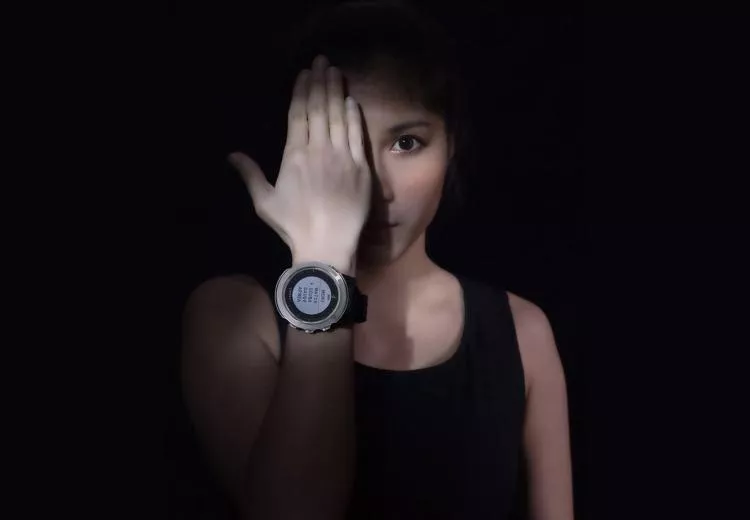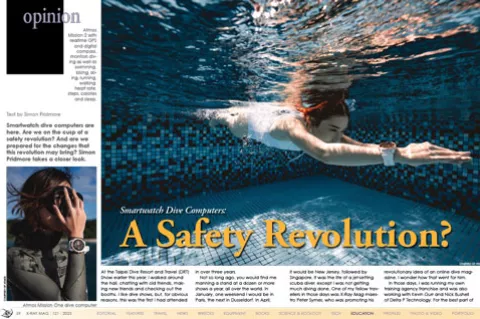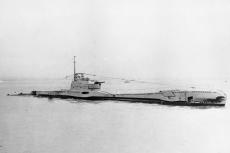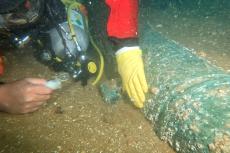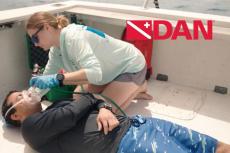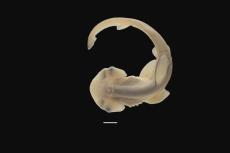Smartwatch dive computers are here. Are we on the cusp of a safety revolution? And are we prepared for the changes that this revolution may bring? Simon Pridmore takes a closer look.
Contributed by
At the Taipei Dive Resort and Travel (DRT) Show earlier this year, I walked around the hall, chatting with old friends, making new friends and checking out the booths. I like dive shows, but, for obvious reasons, this was the first I had attended in over three years.
Not so long ago, you would find me manning a stand at a dozen or more shows a year, all over the world. In January, one weekend I would be in Paris, the next in Dusseldorf. In April, it would be New Jersey, followed by Singapore. It was the life of a jet-setting scuba diver, except I was not getting much diving done. One of my fellow travellers in those days was X-Ray Mag maestro Peter Symes, who was promoting his revolutionary idea of an online dive magazine. I wonder how that went for him.
In those days, I was running my own training agency franchise and was also working with Kevin Gurr and Nick Bushell of Delta P Technology. For the best part of twenty years, from the mid-1980s onwards, Kevin and Nick built the most advanced sport diving computers in the world. Each one of their designs, from the ACE nitrox-only models to the multipurpose VR series, was state of the art at the time.
Technical diving needed tools for managing decompression on mixed gas and closed-circuit, and Kevin and Nick were creating them. My first VR computer was a massive, rectangular lump of shiny metal we called “the brick.” It might have been heavy and unwieldy, but it helped keep me alive for a few years, no matter how deep I went or what gases I was breathing.
Because of my Delta P history, I take a particular interest in what is happening in the world of dive computers, and at DRT Taipei, I noticed that four brands had stands at the show—Shearwater, Atmos, Crest and Garmin.
I know Shearwater very well, as this was the company that took up the technical diving computer baton when Kevin and Nick moved on to focus solely on rebreathers, and it was being represented at the show by one of Taiwan’s leading technical divers, as you might expect.
I had never seen the other names at a dive show before. I knew of Garmin, of course, and was aware that they had started dabbling in the scuba diving pond, but I had not expected to see them at this show, especially not with such a large stand right in the middle of the hall and a large crowd of enthusiastic divers milling around.
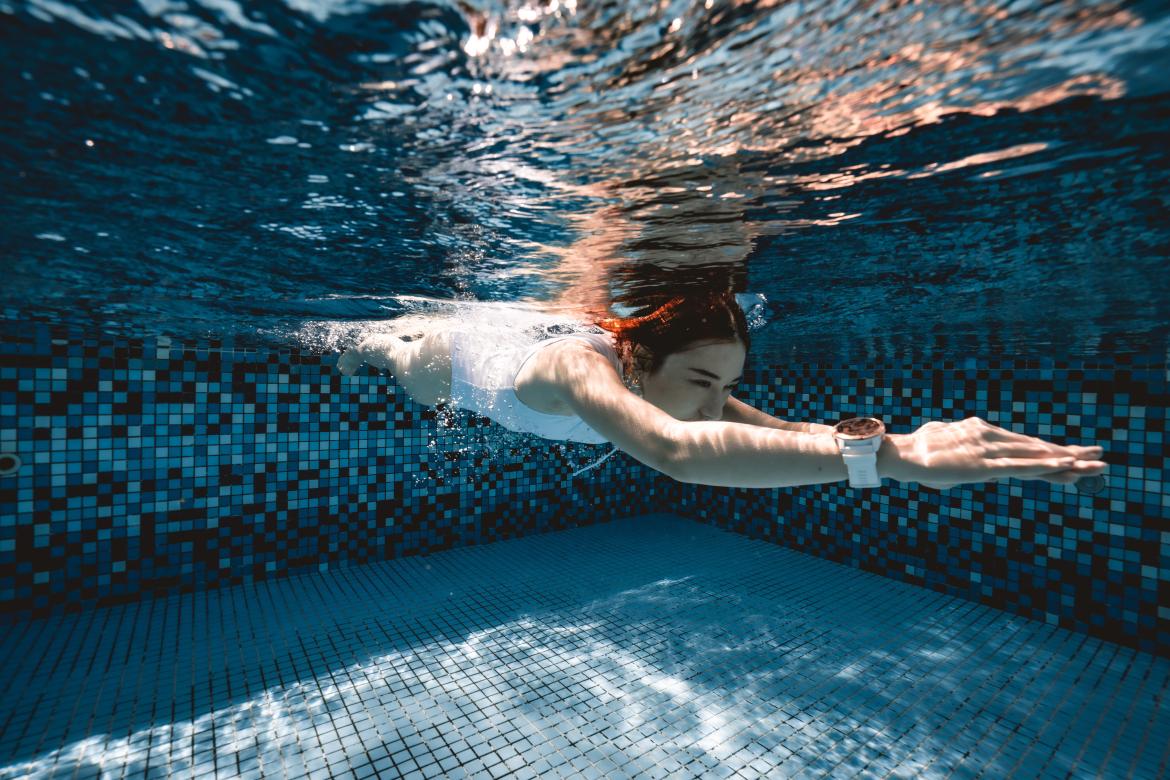
During the weekend, I spoke with the folks at the Atmos, Crest and Garmin stands and learnt that, over the past three years, a revolution had taken place in the Taiwan scuba market, which is youthful, open-minded and highly accepting of innovation. All three companies manufacture smart fitness watches, which have full dive computer functionality and monitor aspects of your physiological status all the time, not only while you are diving, but while you sleep, while you work, and while you play—basically whenever you are wearing them. They therefore also track what you are doing between dives. Bear that in mind when I move on to talk about dive safety later in this article.
These brands are now responsible for over 90 percent of the dive computer market in Taiwan. Mainstream divers are no longer buying dive computers that you only wear while diving. A few months ago, I ran a story in my Scuba Conversationalnewsletter about the Oceanic app that has been created for the new Apple Watch Ultra, turning it into a fully functional dive computer. Now, Huawei has just announced its own fully scuba-capable smartwatch, called the Ultimate.
Lifestyle devices
These devices are a world away from the watch-sized dive computers that emerged in the 1990s. Those were just dive computers miniaturised and modified so that you could wear them all the time to tell the world that you were a diver. These new models are lifestyle devices with scuba capability, made by the biggest tech companies in the world.
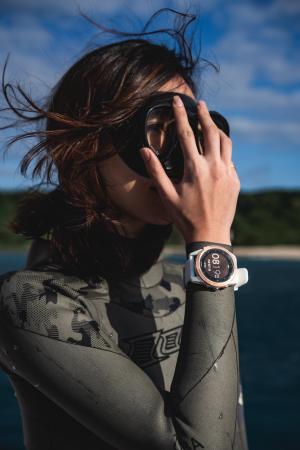
As the website Techcrunch.com put it in its review of the Apple Watch Ultra: “Apple has a long history of putting legacy businesses out of business, and it looks like dive computers are next. The company just announced that its newest watch can be used as a full-on scuba-diving watch. At US$799, it is competitive with high-end dive computers, price-wise, but it adds a ton of powerful functionality that hasn’t been available in a dive computer in the past, mostly by virtue of being a general device rather than a specialised tool for diving only.”
Part of the review’s title reads: “...Suunto should be terrified...”
When I was involved with Delta P, we were limited by the technology available to us and that was always years behind the curve. We were using chips and screens that were left over when the mobile phone industry moved on to better things. We could not afford to buy newer technology because the scuba diving market is a small niche market, and we could not mass produce. Each computer was put together by hand. And our top-of-the-line version still retailed for US$1,500 even though, if you compared it to your phone, it was as if you were looking at different decades.
No longer! Apple, Huawei, Crest, Atmos and Garmin have propelled dive computer technology out of the past and into the future. From here on, dive computer technology will be cutting-edge. There is good reason to think that this may bring more younger people into diving, that more new divers will be using electronics to monitor their dives from dive one onwards, and that they will be using devices they already own and are well used to working with.
Improving dive safety

These are huge positives. But the biggest news is that this development may mark a huge leap forward in terms of dive safety too. Let me explain.
In 2017, I published a book called Scuba Physiological, which was a series of essays by researchers and specialists in diving medicine that summarised what we currently know about what happens to our bodies when we dive. These essays had initially been published in The Science of Diving, a book written by scientists for scientists, which was quite difficult to read if you were not a scientist. My aim in rewriting the essays for Scuba Physiological was to make the important information they contained more accessible for layman divers, like me and you, who do not have PhDs.A couple of extracts from these essays, which were written about 10 years ago, make even more interesting reading today, considering where we can see dive computer technology going.
Extract 1
“Most recreational divers today use dive computers and trust them completely. However … the algorithms they use are far from perfect and even the most reliable computers still accept a probability of DCS ranging from 2 to 5% … Most recreational divers do not know this. Professionals indiving medicine and technology know that DCS is always possible, albeit rare.
“The complex physiology of decompression involves not only gas pressures and virtual compartments or other models, but also highly variable physiological parameters such as body temperature and hydration state. We believe that any major effort to improve decompression algorithms in recreational dive computers may be a costly and ultimately rather futile endeavour unless this is directed towards a personalised decompression algorithm that considers individual physiological parameters.
“The reliability limit of existing dive computer validation protocols has been reached and the new frontier will be to further improve our ability to customise the conservatism levels in dive computers according to physiological variables. This could be based on … real-time sensor technology permitting a direct diver-to-dive computer interface.”
Extract 2
“In recreational diving … any algorithm will end up giving roughly the same decompression profile, but this does not mean the physics and physiology modelling behind it are correct. Neither the physics of scuba diving nor the physiological changes associated with it are fully understood. Since the risk of DCS has been shown to be dependent on numerous physiological variables, research needs to focus on how individual physiological factors affect bubble number and bubble growth, so this information can be incorporated into personalised decompression algorithms, taking into account physiological factors and interpersonal differences including personal factors like exercise, fitness, obesity, hydration, and temperature, genetic factors and individual responses to stress. Currently, dive computers have no way to accurately predict your off-gassing rate, certainly not after you have surfaced. Computers do not know your heart condition or breathing rate. They cannot tell if you are young or old, fit, or unfit, fat, or thin. They have no idea what physical activity you do between dives, nor do they know how well or poorly hydrated you are.”
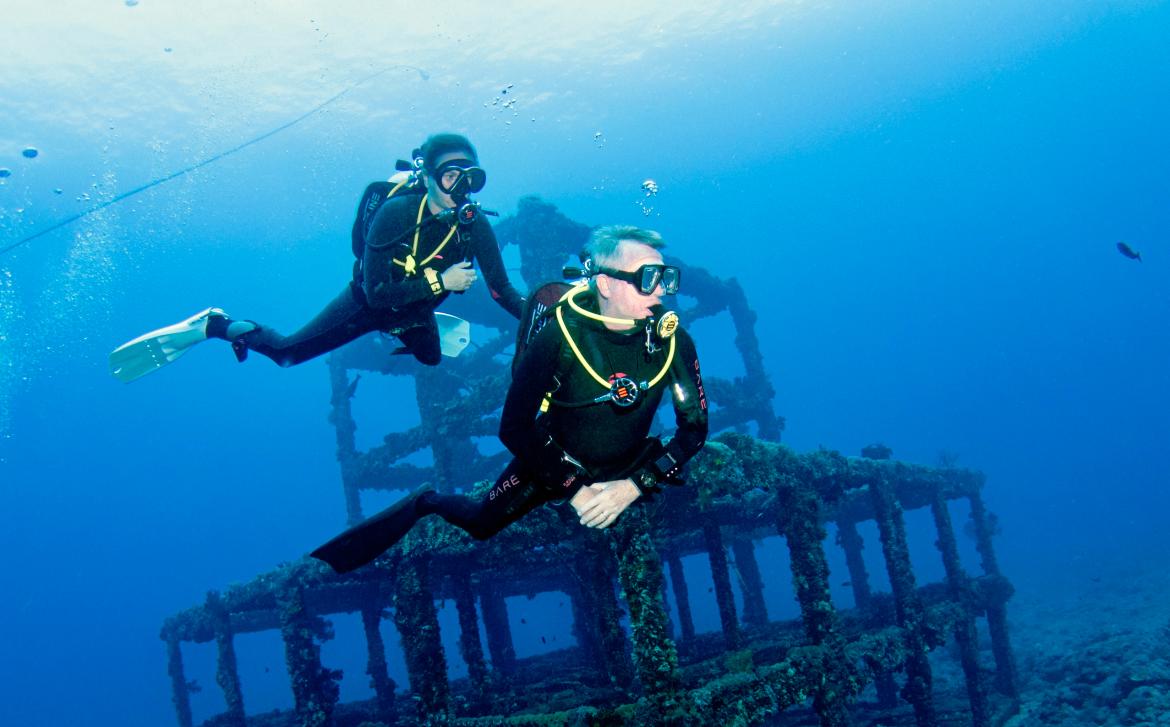
Current and future tech
But your smartwatch knows. Present-day technology can already supply most of this information and acquiring the rest of the data would just be a question of input and programming.
Notice the frequent use of the word “personalised.” Your smartwatch is monitoring your “personalised” physiological status all the time, and you can easily envisage an algorithm being introduced that would interpret its readings to assess levels of post-dive decompression stress. Perhaps, in the future, sensors could be added that monitor the presence and quantity of bubbles in the bloodstream.
We could be on the cusp of a dive safety revolution, but I leave you with a key factor to consider.
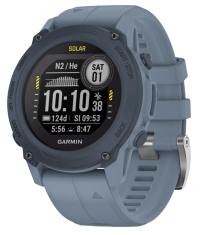
In the future, it is likely that, although you and your dive partner have the same dive history and are using the same device with the same settings, your physiological status will not be the same. You will have different medical histories, different sleep patterns, different height/weight ratios and different exercise patterns and heart rates. Your activities pre-dive and between dives will not be identical. One of you may have drunk more water than the other or taken more rest.
Therefore, your smartwatch, taking all these factors into consideration, may set each of you a different no-stop limit or require one of you to do longer decompression stops than the other, based on your physiological status. In certain circumstances, it may even recommend that you sit out the next dive. And, if you insist on rejecting its recommendation, it may refuse to function.
Would you accept this?
Some technical divers have already experienced this dilemma. The controller for the Poseidon Cis-Lunar Mk V rebreather has a dive/no dive function. If it detects that something is not right with the unit—the gas mixture, the oxygen sensor, the electronics, anything—it will refuse to go into dive mode and render the rebreather un-diveable until it confirms that everything is as it should be. This, you may think, makes perfect sense and is a feature that can save lives. And you would be completely correct. But you can imagine how frustrating it is when you are out on the dive boat and want to go diving, and the computer says “No!”
There have been instances where rebreather divers (not using the Poseidon) have reacted to warning alarms by switching them off and going diving anyway, only to drown on the dive.
In the future, will we be smart enough to listen to our smartwatches when they tell us how to dive or even if we should dive or not? Will we even have a choice? ■

